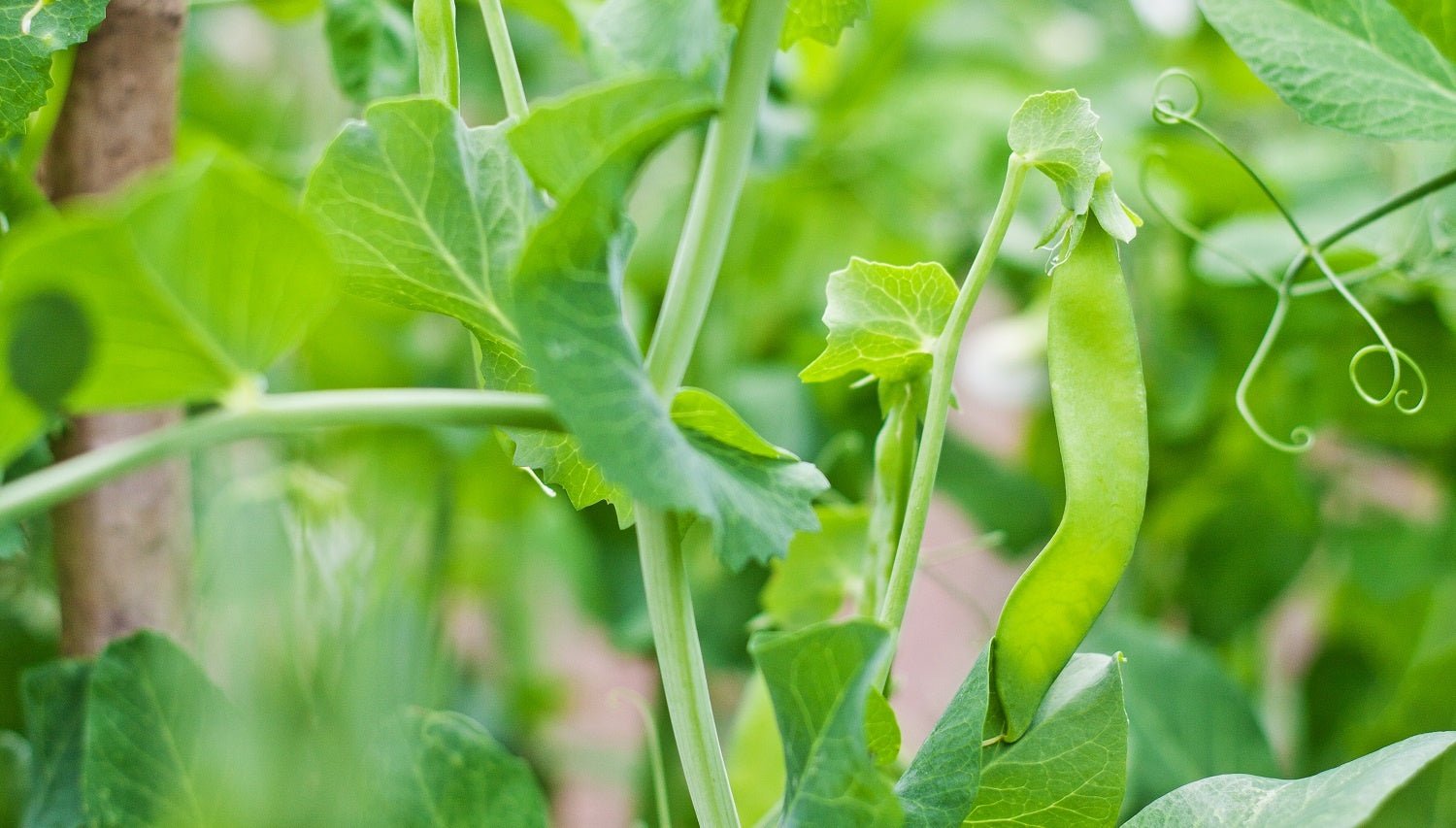
How to Grow a Cover Crop this Fall
Just because it’s fall and your garden is probably done producing does not mean the growing season is over! Especially because it is fall, it's time to plant a cover crop for better soil and garden production next year.
n
Tags:
Just because it’s fall and your garden is probably done producing does not mean the growing season is over! Especially because it is fall, it's time to plant a cover crop for better soil and garden production next year.
Cover crops (also known as green manure) act like compost, adding nutrients and organic matter to the soil in new or existing beds. The roots they put down also reduce erosion and break up hard soil, improving the structure and air and water penetration.
Green manures hold onto nutrients and minerals that might otherwise be leached from bare soil with winter snow and rain. Those nutrients are returned to the soil after you incorporate it into the soil and it decomposes. Certain plants hold onto certain nutrients. A soil test will let you know if you have any specific deficiencies, so you can choose the correct crops for your needs.
How to Plant
- About four weeks before a hard frost, prepare the bed or area just as you would for any other crop. Clean up summer’s debris, add compost or an organic 15-15-15 fertilizer, and work it into the top 6” of soil. Take out the clods and rocks, and rake the soil into a fine seedbed.
- Broadcast your seed, rake it in to cover it lightly, and water until it germinates. It will put out roots and shoots for a month, then die back with a killing frost. In the spring, new growth will appear.
- About three weeks before you want to plant, mow, cut, or weed whack the greenery. If it is flowering, be sure you cut it down before it goes to seed. Otherwise you will have a cover crop weed problem, which you don’t want.
- Turn the freshly cut crop into the soil, and let it decompose for a few weeks. It will tie up nitrogen in that process, so if you plant right away, your will have a nitrogen deficiency. Once the greens begin to break down, they will release the nutrients they stored over the winter, and you can plant as you normally would.
Plant Choices
- Grass and grain cover crops are barley, oats, winter rye, and winter wheat. They provide organic matter when turned into the soil. Their roots penetrate and break up the soil, and make channels for next year’s plant roots to grow into.
- Legumes add nitrogen to the soil. They pull it from the air, and transfer it to the soil via nodules on their roots. Inoculate seed before planting, or buy pre-inoculated seed. The best legumes for a fall cover crop are field peas, hairy vetch, clover, and fava beans.
- Combine grasses and legumes for the best results. Use rye and vetch, or oats and peas together. You can also buy a blend from a reputable seed company.
- Cover crops are very hardy and suitable to most areas. Despite that, check with your County Extension office for the varieties that will be the most beneficial for your garden. They will also tell you how much to use.
- Planting a fall cover crop is essential to adding nutrients and organic matter to an organic garden. During the growing season, you can plant warm weather cover crops to further improve your soil. We will talk about that in the spring!
Check out our 12-month guide to organic gardening.
Would you like to be the first to hear about our new products and more? Sign up for our Nature’s Path Newsletter.








